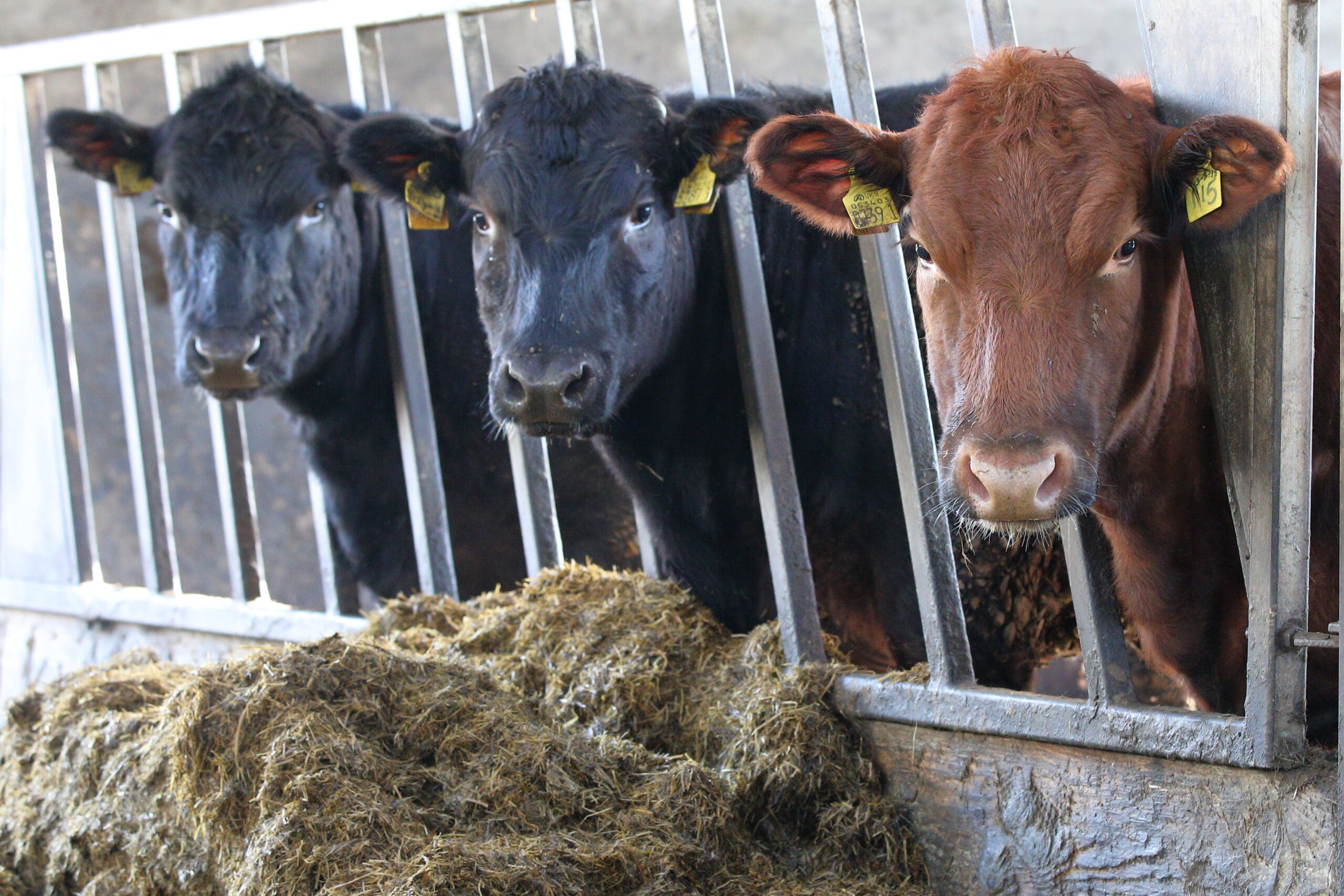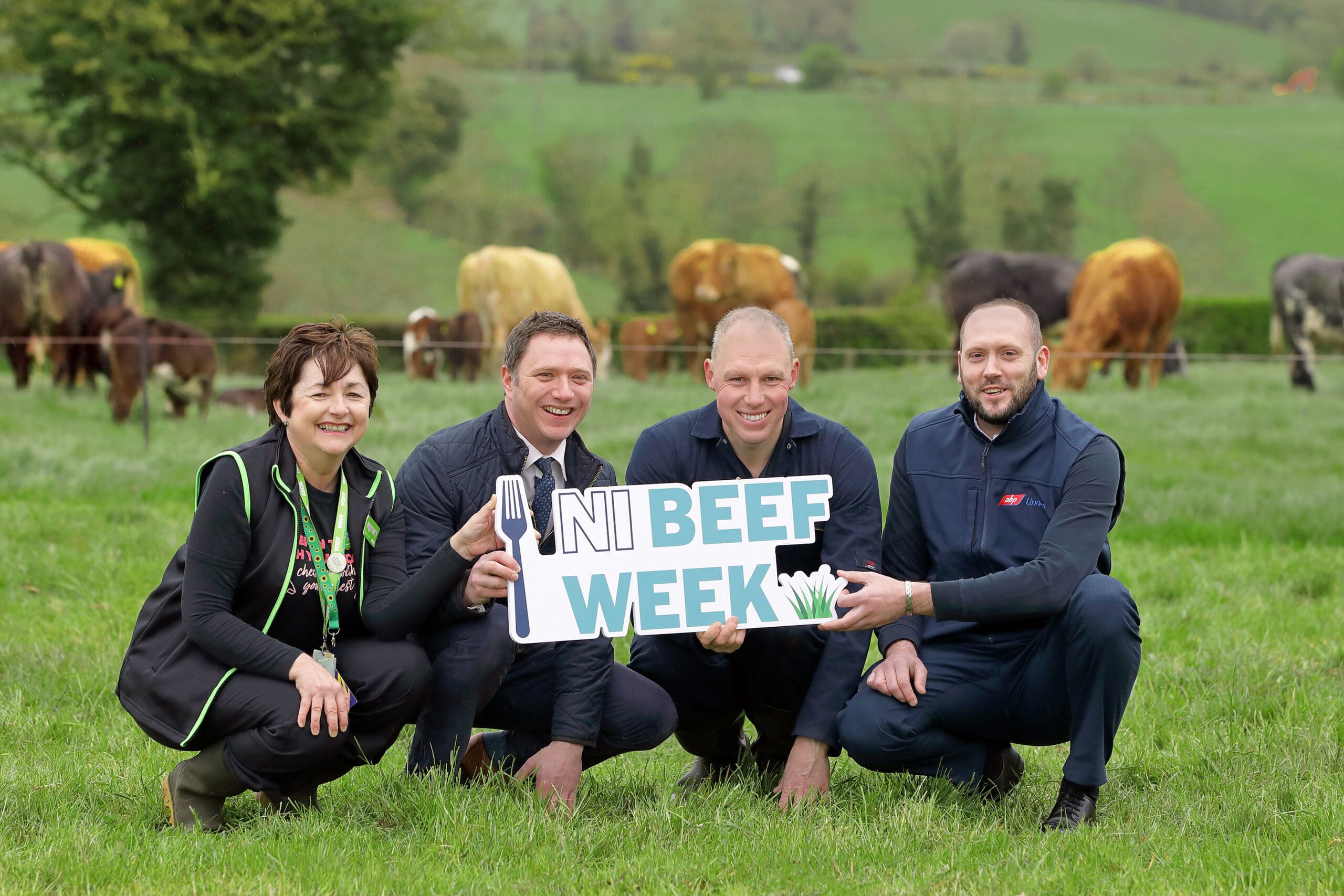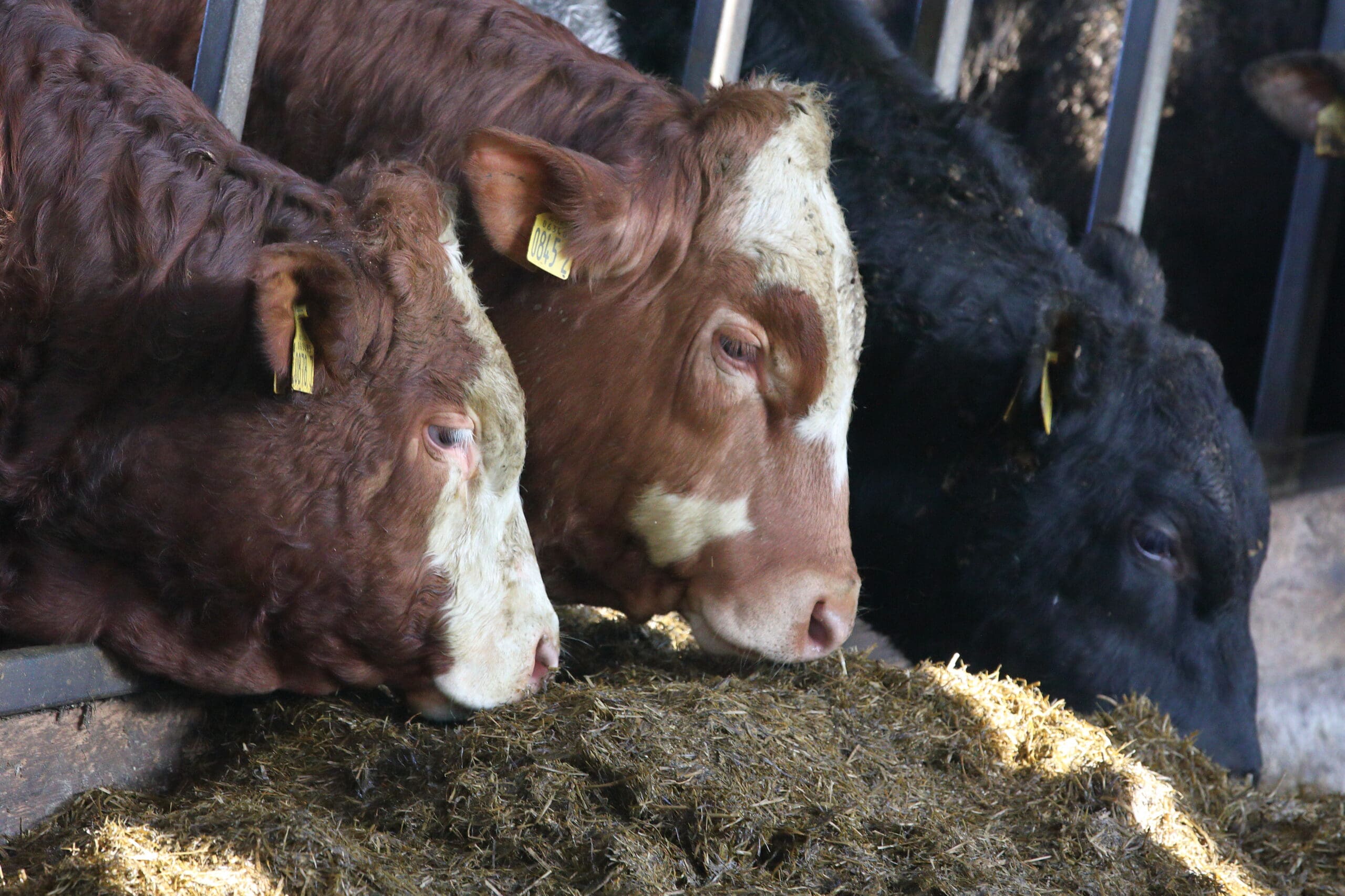The Ulster Farmers’ Union has raised concern over the potential logistical issues around additional greening measures when it comes to implementing the new Common Agricultural Policy (CAP). The comments were made following a meeting with senior officials from the Department of Agriculture (DARD), organised by the Ulster Farmers’ Union, to discuss greening measures under the new CAP post 2013.
UFU President Harry Sinclair attended the meeting and said; “For most of Northern Ireland’s farmers the additional greening measures under the new CAP will not be an issue, however, for some of our arable and horticulture farmers and possibly some of the bigger livestock farmers who grow crops, they could be problematic. We have met with DARD to get further clarification on what these additional measures may look like in practice. It is still early days, and while there has been a political agreement on the new CAP we are still waiting on the legal texts before we can get into any great detail about implementation. I was in Brussels and Luxembourg when the final CAP negotiations were taking place and wanted to ensure we got the best deal possible for Northern Ireland. I think we managed that and now that we are starting to get into the detail we need to be sure that we find a workable solution on a number of specific issues such as greening.”
Under the new CAP, 30% of the direct payment budget is to be targeted at ‘greening’, although how this will look in practice is still to be decided. Most farmers in Northern Ireland will be considered ‘green by definition’ and exempt from any additional greening measures so long as 75% or more of their holding is permanent grassland and the remaining arable land does not exceed 30ha.
UFU Deputy President Barclay Bell, who also attended the meeting with DARD said; “Farmers need to be aware at this early stage that these additional greening measures are in the works. Most of our farmers will not be affected but if you are an arable or horticulture farmer or a livestock farmer that grows a significant area of crops, it is worth sitting down and tallying up the hectares of your permanent grassland, temporary grass, and crops. Also farmers will need to be aware of the history of their land, as it may have a bearing on your ‘greening’ status. For example, a plot of land must be in grass for at least five years before it is considered permanent grassland. At the moment, all we have is a basic framework for how these greening measures could be implemented. Nothing is set in stone and we still have a fair amount of regional flexibility that we can make use of. We will continue to work with DARD on this to ensure that the new CAP is implemented in the most straight forward and practical way possible.”




